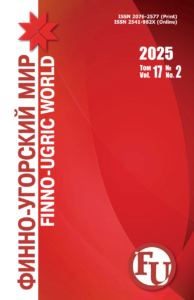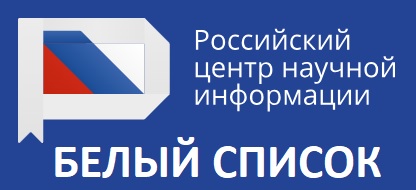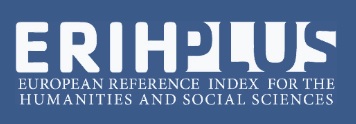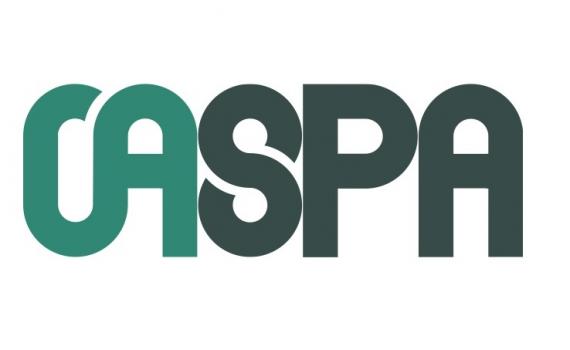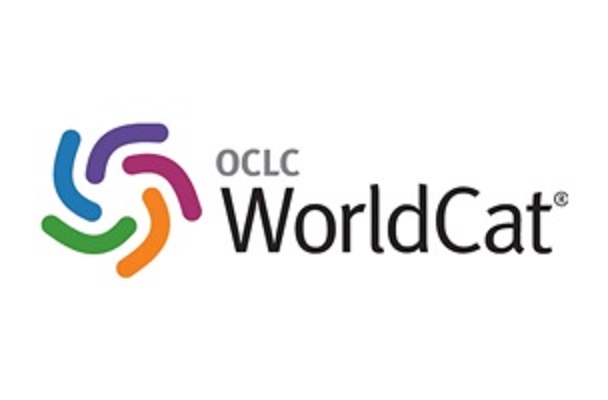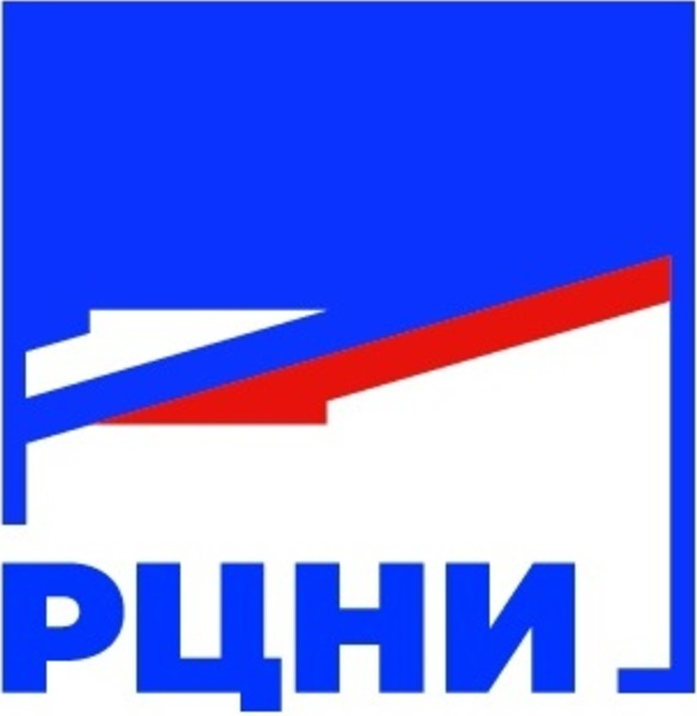DOI 10.15507/2076-2577.010.2018.01.006-017
The Abstract Nouns in the Poetry by Ivan Kuratov
Olga N. Bazhenova,
Postgraduate student,
Institute of Language, Literature and History,
Komi Research Center, Ural Branch of the Russian Academy of Sciences
(Syktyvkar, Russia), bazhenova-olga2011@mail.ru
The paper deals the ways of forming abstract nouns in the poems by I. A. Kuratov. The author attempts to specify certain points in the classification of abstruct nouns proposed by O. Lazar and support this classification with new details. In addition, it considers the techniques used by Kuratov for shifting specific nouns to the abstract ones as well as it examins stylistics of abstract nouns in the modern Komi language are.
In the article combins descriptive method with the stylistic analysis. Firstly, it discribes the existing linguistic resources forming abstract nouns in the Komi language are, and then considers abstract nouns of the works by Kuratov. Also, the article presents a chart of the quantitative use of the means of forming abstract nouns. The material of the study is a collection of poems ‘My Muse’ by Kuratov, which includes 205 works, the texts of the modern Komi literature and the data of the Komi texts corpus.
The abstract nouns of poems by Kuratov mainly correspond to the scheme proposed by Lazar, that is to say: a) there are the abstract nouns which are homonymous to the adjectives in the Komi language; b) highest number of abstract words are verbal nouns formed with –öm suffix; c) abstract nouns with –lun, –tor, –nog, –tui, –ru suffixes also play a significant role of the vocabulary of the considered poems. –tor suffix can be used in the nouns meaning also animate objects.
The XIX century did not see any monographs abouе the stylistics of the Komi language. Maybe such large space for creativity inspired Kuratov. He had an excellent feeling for language, and was able to convey different shades of thought, not limited by his native dialect. All this helped Kuratov to lay down the foundations of the Komi literature and to determine the ways of its further development.
Key words: abstract nouns; Ivan Kuratov; the Komi language; stylistics of the Komi language; lexicology of the Komi language.
For citation: Bazhenova ON. The Abstract Nouns in the Poetry by Ivan Kuratov. Finno-ugorskii mir = Finno-Ugric World. 2018; 10: 1: 6–17. (In Russian)
Acknowledgment: The financial support for this study was obtained from the Scholarship for Kindred Peoples (Finno-Ugrian minorities in Russia) of the Finnish National Agency for Education (Finland).


